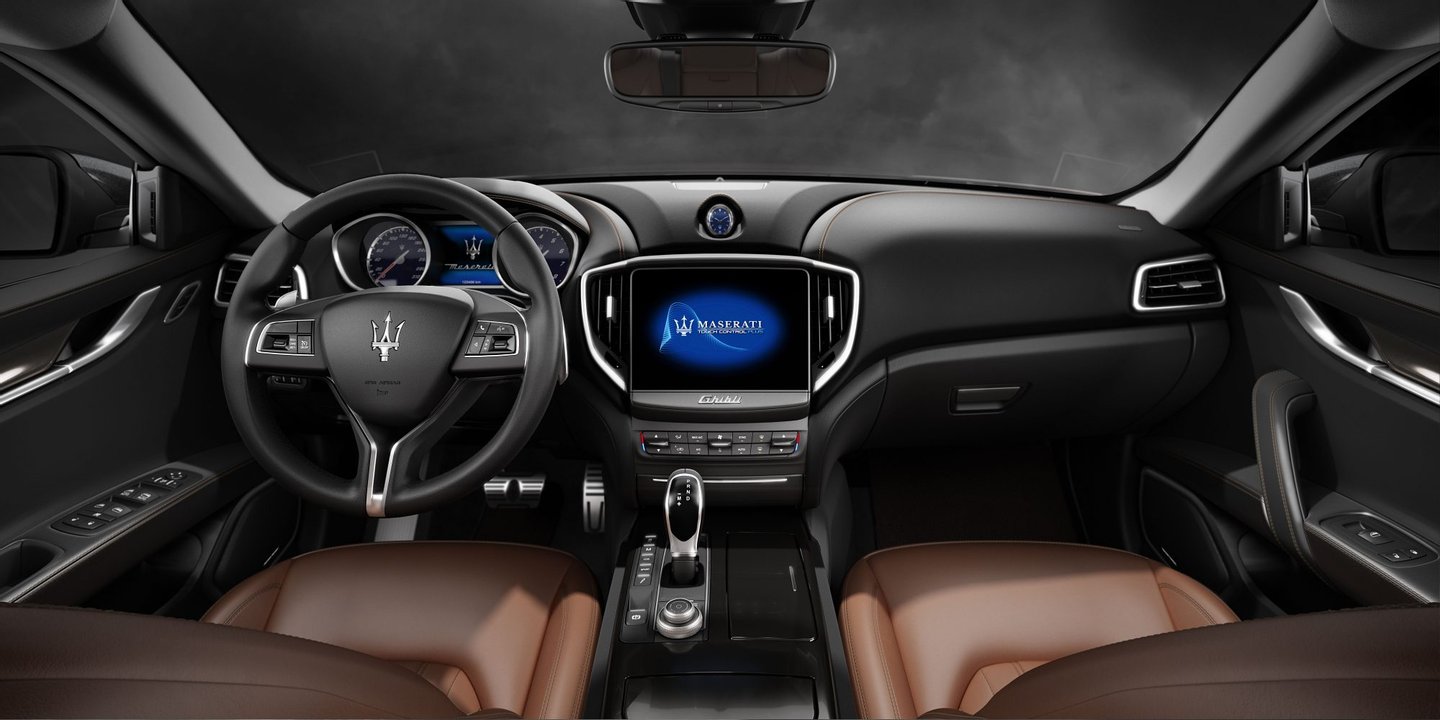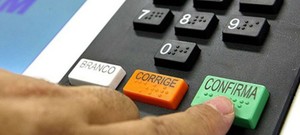After a significant investment in the first decade of the year 2000, little has changed in terms of technological equipment and infrastructure in Portuguese schools as regards the investment of the Central Government, as admitted the Secretary of State for Education, recently, in statements to the TeK, and as evidenced by now those who live this reality in the classroom.
This happens after the schools of the responsibility of the Ministry of Education have been equipped with computers, projectors and interactive whiteboards, bet on Magalhaes, "a project with possibilities, but that was 'to die'", and the availability of internet access, particularly through the optical fiber, reminiscent of the LINEMAN.
at A time that marks the start of the school year, officially declared this Monday by the President of the Republic, Marcelo Rebelo de Sousa, now in the School EB2/3 Secondary and is supposedly "normal" a computer room with projector, internet access in all rooms, often with a wireless, and is also frequent the existence of computer rooms, depicts the National Federation of Teachers.
But at the level of Pre-School Education and 1st Cycle, the reality is very diverse and depends on a lot of what has been the bet of each one of the municipalities in this area. "There are places in the country where computers and internet are present in all the rooms, and there are others where, when possible, it is the teacher who makes use of his machine, and not a few times of your internet", accuses the SCIENTISTS.
the vision of The ANPRI goes in the same direction. The National Association of Teachers of Informatics considers that, at the level of technological equipment and infrastructure, since 2010, there is significant investment that change the technological scenario of the schools. "What has been happening is that some schools, on their own, apply for several projects, promoted by foundations and other organizations and will able to do projects very interesting for the integration of ICT in the classroom, in an educational context", says Fernanda Ledesma, president of the board.
And leaves an example: integration projects of tablets, the well-known Rooms of the Future, "but are the approaches pin-up, that arise in the schools and then have come to be recognised as good practice by management. The investment is managed by the schools," he stresses.
"The crisis and the autonomy they have in this strand: we are a little dependent on the sensitivity to this area of the persons that integrate the directions of the schools, and this note-if each time more," says the director of the ANPRI. "Some have innovative designs and others are as they were in 2010, increasing the wear of the equipment of these six years."
in This scenario, stresses another aspect: some municipalities that have invested in technological equipment to give better conditions to their schools, namely to create the conditions to implement the project from initiation to programming in the 1st cycle. "In many cases, it would have been impossible to begin this project if it was not for the support of the local authorities.
Fernanda Ledesma acknowledges that, at the level of projects for integration of pedagogical technologies, the Ministry of Education, through the Directorate General of Education, has promoted some interesting programs. The majority were not started with this guardianship, it stresses, but they were "cherished" by the current Government, for your interest.
the example project from initiation to programming in the 1st cycle, which in the previous year involved more than 27,000 students and more than 700 teachers. "It was a success, we will support this project with all our strength. The entries in this school year have doubled, but we have to wait for final numbers".
The responsible also points out as a positive example of the recognition and financing of the club of robotics and programming in place in schools. "A student start the 1st Cycle currently may be surprised with sessions on programming and robotics. The majority likes it and the students 'learn by doing' through the resolution of problems."
in This case it was the missing continuity, because students who have had programming in the 4th year will not be on the 5th year, in most schools "as had been promised". The same happens with the split of classes in the discipline of ICT on the 7th and 8th grade. "The classes in this discipline that is practice are given with the entire class, up to 30 within the room. There are no conditions for students to develop the competencies envisaged, and the teacher is exhausted, to give response to such request."
Teachers with knowledge of q. b., but without resources to work in the classroom
Nowadays, most of the teachers use the technology with ease, up because a good part of the formal processes in schools require: registration, evaluation, e-books, platforms, various, now created by schools, now managed by the ministry of Education, etc, but it lacks the features in the “pedagogical dimension”.
"If all the teachers of this country simply work with the resources that the employer offers, the Schools simply stopped", accuses the SCIENTISTS. "The maintenance of the machines is not always the best, and the system, in good truth, it only works because all teachers use their computer, their software and their internet to work."
A PC with office software and internet access in all classrooms, as well as a projector would be the basic elements that all schools should have to have a teacher. Then it would be important to associate these elements to the continuous training of teachers, "so that they can be part of full of the technological society of the twenty-first century", suggests.
The existing training to work with these resources is, clearly, insufficient. For the National Federation of the Teachers there have been years with a large investment in this area, but much of the logic of tools office. With the arrival of Web 2.0 and later formats, the training has been non-existent and, in this sense, considers it urgent to a formation plan that can resolve this shortcoming.
In the pedagogical dimension fail to understand how the technologies can be useful in this day and age, that so they may enter the classroom and how it can help teachers teach – and, more importantly, students learn.
"And, this diversity is always the result of individual initiative of each teacher – as there is a training plan established for this area, the investment teaching in the technologies is always the genesis of the individual which, without doubt, enhances inequalities".
THE SCIENTISTS argues that the starting point will always have to go through the training and, later, by embedding, in every educational project of the schools, an initiative that will encourage the use of technologies. "It’s not worth to establish as a goal, for example, the use of tablets, even if experimentally, in a particular class or year of schooling, if there are no conditions of commitment and adequate training of teachers".
Patricia Calé






